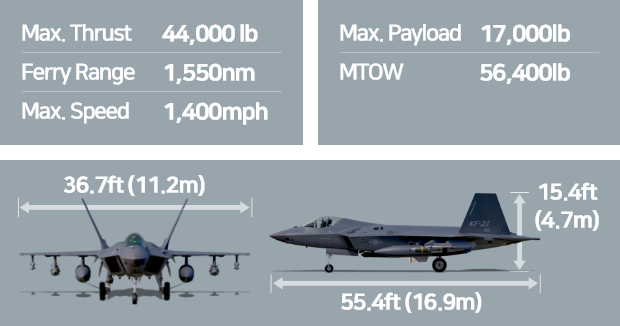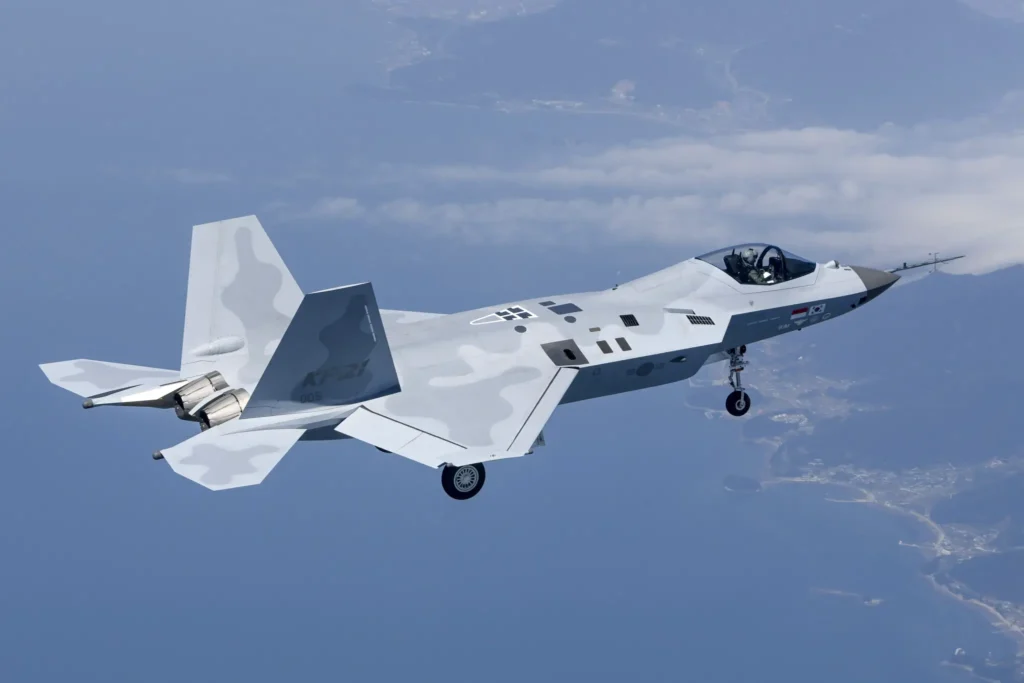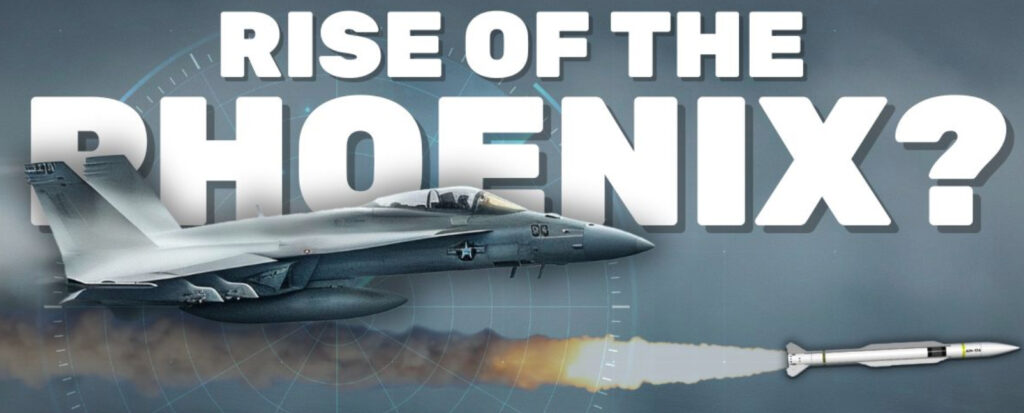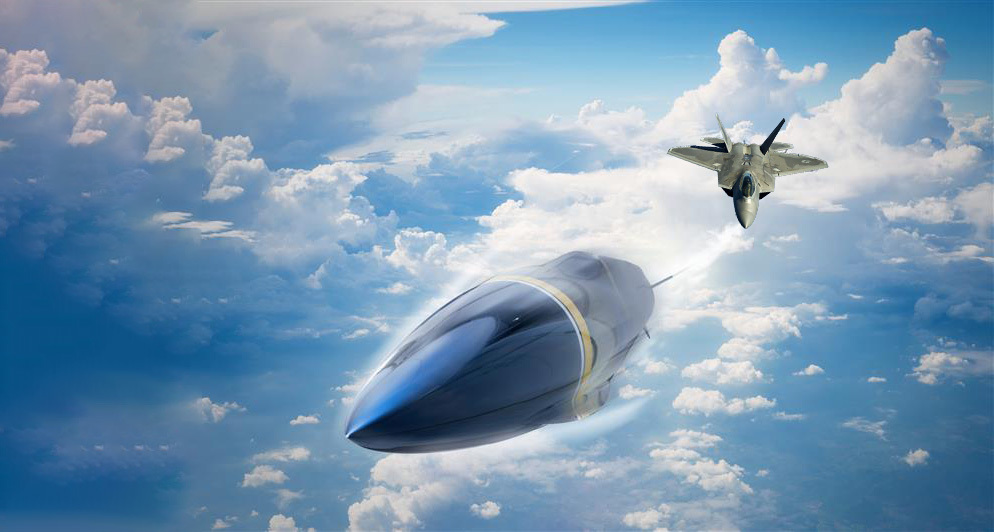South Korea’s advanced KF-21 Boramae fighter is making the leap into mass production, with the country planning to procure at least 40 of these jets by 2026. The KF-21 is a unique aircraft that incorporates a variety of 5th-generation (or stealth) design elements while still carrying munitions externally like older 4th-generation platforms.
The KF-21 is slated to replace South Korea’s aging fleets of dated F-4D/Es and F-5E/Fs, with production expected to continue through 2032 for the country to procure at least 120 total aircraft.
The Boramae may not be classified as a stealth fighter, as its external stores will significantly compromise its low observability, but its overall radar-reflective design will still offer some degree of delayed detection against enemy surface-to-air radar arrays. Those radar-reflecting qualities may look familiar to some aviation buffs, as the fighter does bear more than a passing resemblance to America’s original stealth fighter, the F-22 Raptor. These similarities are by design, as the firm responsible for the F-22, Lockheed Martin, partnered with Korea Aerospace Industries to provide technical support during the development of the KF-21.
The initial target for the effort was to field what South Korea described as a 4.5-generation aircraft with a radar cross-section comparable to that of the F/A-18 Super Hornet or Eurofighter Typhoon. Korean media outlets have used figures ranging from 0.1 to 1 square meter to describe the aircraft’s radar return, placing it on similar footing with Russia’s Su-57, but only while flying without munitions or external fuel stores.
However, the aircraft has been designed to be able to accommodate internal weapons carriage in the future, which will have a dramatic impact on its overall radar return, truly blurring the lines between 4th and 5th generation designs.

The fighter is powered by two General Electric F414-GE-400K afterburning turbofan engines – the same powerplants found in other fighters like the Super Hornet and some iterations of the JAS 39 Gripen – giving it enough power to reach speeds as high as Mach 1.8. It has 10 hard points for external munitions, including six traditional ones underwing, and four semi-recessed hard points on the underside of the fuselage to allow for a slightly stealthier profile. Those recessed hard points will eventually be replaced by fully-shrouded internal weapons bays.
The KF-21 is also expected to carry a variety of advanced avionics, including a modern Active Electronically Scanned Array radar, infrared search and track capabilities to detect and target aircraft passively via their heat signatures alone, electro-optical targeting, and more.
Flight testing of the KF-21 is expected to continue through 2028 when the first operational KF-21 units are expected to begin flying the air superiority mission.
Read more from Sandboxx News
- America’s hypersonic ARRW missile may not be dead after all
- What is signals intelligence and who is charged with providing it?
- The race to field the most advanced stealth fighter engines in the world
- Section 702: A controversial but necessary intelligence authority
- The uncertain origins of the military hand salute





